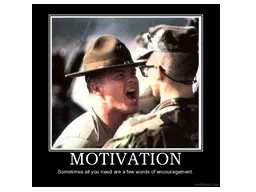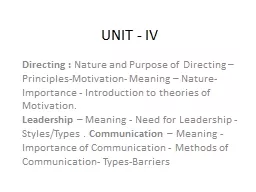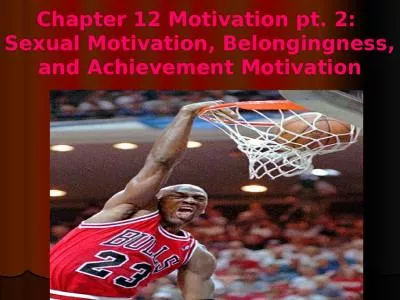PPT-MOTIVATION Energizer Think about which you would prefer: to be
Author : rouperli | Published Date : 2020-06-19
asked to do something or be told to do something WHAT MOTIVATES YOU U2C6L5F1 Of these choices which motivates you to do something the most To satisfy your own
Presentation Embed Code
Download Presentation
Download Presentation The PPT/PDF document "MOTIVATION Energizer Think about which y..." is the property of its rightful owner. Permission is granted to download and print the materials on this website for personal, non-commercial use only, and to display it on your personal computer provided you do not modify the materials and that you retain all copyright notices contained in the materials. By downloading content from our website, you accept the terms of this agreement.
MOTIVATION Energizer Think about which you would prefer: to be: Transcript
Download Rules Of Document
"MOTIVATION Energizer Think about which you would prefer: to be"The content belongs to its owner. You may download and print it for personal use, without modification, and keep all copyright notices. By downloading, you agree to these terms.
Related Documents














